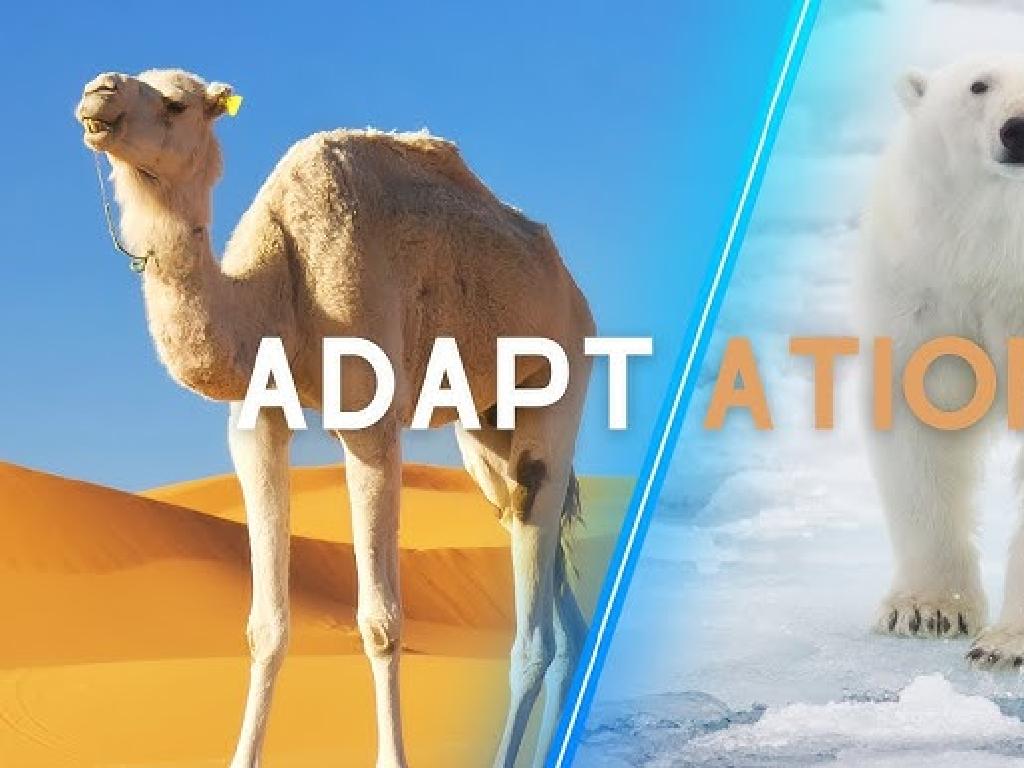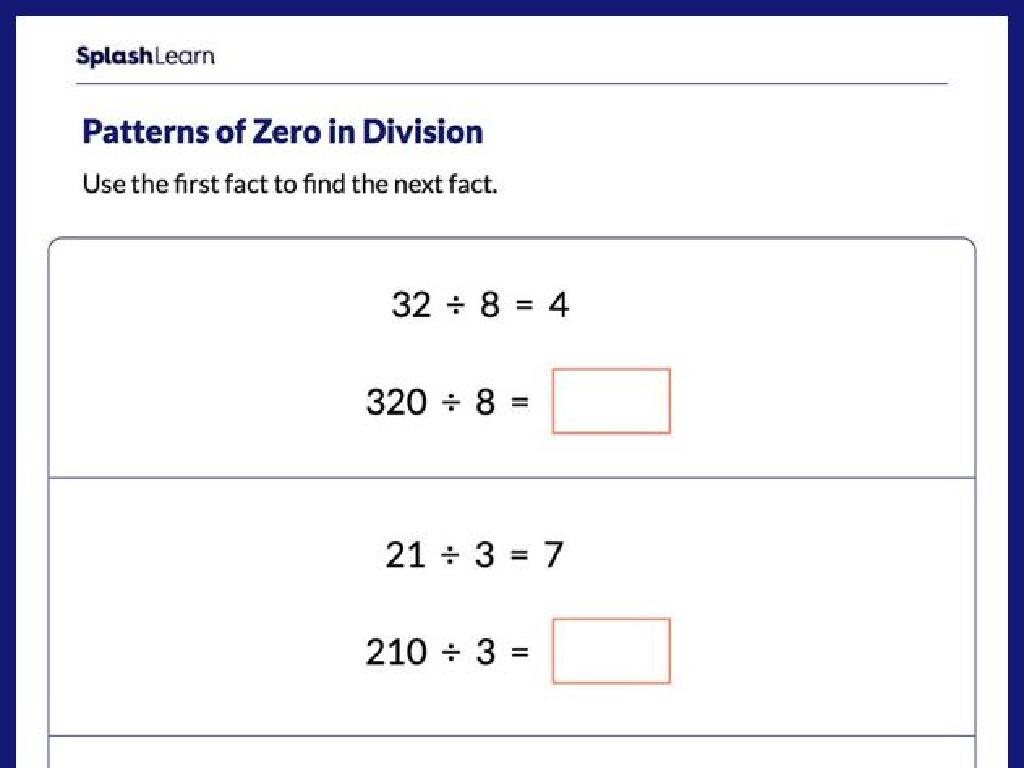Goods And Services
Subject: Social studies
Grade: Third grade
Topic: Basic Economic Principles
Please LOG IN to download the presentation. Access is available to registered users only.
View More Content
Introduction to Goods and Services
– Needs vs. Wants
– Needs are essential, wants are extra
– Goods: Items we buy
– Toys, food, and books are goods
– Services: Help we pay for
– Haircuts, bus rides, and teaching
– Examples in daily life
– Recognize goods and services around us
|
Begin the lesson by explaining the difference between needs (things we must have to live, like food and shelter) and wants (things we would like to have, like toys and video games). Then, introduce the concept of goods as physical items that we can buy, such as groceries or clothing. Next, explain services as actions or activities that someone does for us, which we pay for, like a bus driver taking us to school or a doctor treating us when we’re sick. Provide relatable examples that third graders encounter in their daily lives, and encourage them to think of their own examples of goods and services they have used or seen. This will help them understand how goods and services are a part of everyday life and the economy.
Understanding Goods
– Goods are items you can see and touch
– Examples: Apples, Teddy bears, Pencils
– Apples for eating, Teddy bears for playing, Pencils for writing
– Goods satisfy our wants and needs
– Different goods for different purposes
– Food goods for hunger, Toys for fun, School supplies for learning
|
This slide introduces the concept of goods to third-grade students. Begin by explaining that goods are physical items that we can interact with using our senses of sight and touch. Provide relatable examples such as apples, which are goods that we eat; teddy bears, which are goods that we play with; and pencils, which are goods that we use to write. Emphasize that goods are important because they satisfy our wants and needs, like hunger, the desire for play, or the need for education. Encourage students to think of other goods they use daily and what wants or needs those goods fulfill. This will help them understand the variety of goods and their purposes in our lives.
Understanding Services
– Services are actions for others
– Like a teacher teaching or a chef cooking
– Examples: Haircut, Bus ride, Doctor’s visit
– Haircuts keep us neat, buses take us places, doctors keep us healthy
– We pay for services regularly
– Services make daily life easier
– Think of how a plumber or a librarian helps us
|
This slide introduces the concept of services to third-grade students. Services are activities that one person performs for another, often for payment. Use relatable examples to help students understand the types of services they might encounter, such as getting a haircut, riding a bus, or visiting a doctor. Emphasize that these are all ways people help us in our daily lives, and we pay for these services because they provide value to us. Encourage students to think of and discuss other services they know about or have experienced. This will help them recognize the importance of services in the community and economy.
Goods and Services in Our Community
– Examples of local goods
– Fruits from the farmer’s market, books from the library
– Services we use every day
– Doctors keep us healthy, teachers help us learn
– Benefits to our community
– They meet our needs and make life better
– Community helpers’ roles
– Firefighters put out fires, police officers keep us safe
|
This slide aims to help students understand the concept of goods and services within the context of their own community. Start by discussing tangible goods that they might be familiar with, such as fresh produce from local markets or books from the library. Then, move on to services provided by professionals like doctors and teachers, emphasizing how these services benefit the community by keeping people healthy and educated. Highlight the importance of various community helpers, such as firefighters and police officers, and discuss their roles in maintaining safety and order. Encourage students to think of other examples of goods and services they encounter in their daily lives. The goal is to foster an appreciation for the many ways in which goods and services contribute to the well-being of the community.
Producers and Consumers
– Who creates goods and services?
– Definition of a producer
– A producer makes goods or provides services
– Definition of a consumer
– A consumer is someone who buys and uses them
– Understanding roles in the economy
|
This slide introduces the concepts of producers and consumers, which are fundamental to understanding how goods and services are created and used in our economy. Producers are individuals or companies that make goods or provide services, such as farmers growing vegetables or a bakery making bread. Consumers are people who purchase and use these goods and services to satisfy their needs and wants. It’s important to discuss with students the interdependent relationship between producers and consumers and how they both play a vital role in the functioning of the economy. Encourage students to think of examples of producers and consumers in their daily lives and how they interact with each other.
The Importance of Goods and Services
– Why we need goods and services
– Goods are items we use; services are activities that help us.
– Improving quality of life
– They provide comfort, health, and enjoyment.
– Goods and services meet needs
– Food, clothing, and haircuts are examples of our needs.
– Interdependence of goods and services
– Goods are made, services are provided; both are essential.
|
This slide aims to help students understand the basic economic principles of goods and services. Begin by explaining that goods are physical items that we can touch, like toys and books, while services are helpful activities provided by others, like teaching and haircuts. Discuss how these goods and services improve our lives by providing us with necessities and making life more comfortable and enjoyable. Illustrate the idea that goods and services often work together to meet our needs; for example, we buy the good of a toothbrush and use the service of a dentist to take care of our teeth. Emphasize the interdependence of goods and services in our daily lives and the economy. Encourage students to think of examples of goods and services they have used in the past week to make the concept more relatable.
Class Activity: Goods and Services Scavenger Hunt
– Explore school for goods & services
– Work in pairs to make a list
– How many can you find?
– Share your discoveries
|
This interactive activity is designed to help students understand the concept of goods and services through exploration and collaboration. Divide the class into pairs and instruct them to walk around the school to identify as many goods (items that we buy and use) and services (activities done for others) as possible. Examples of goods might include books, pencils, or computers, while services could be teaching, cleaning, or cafeteria work. After the scavenger hunt, reconvene in the classroom and have each pair share their list with the class. This will not only reinforce the concepts but also improve their communication skills. Possible variations of the activity could include taking pictures of the goods and services, drawing them, or even categorizing them into ‘wants’ and ‘needs’.






